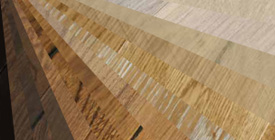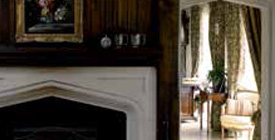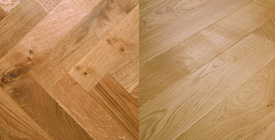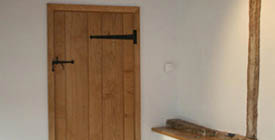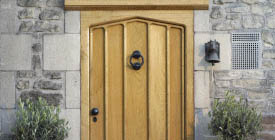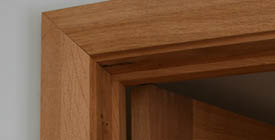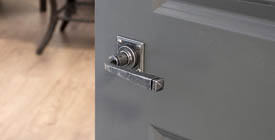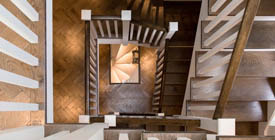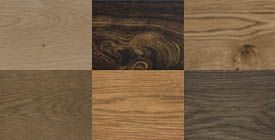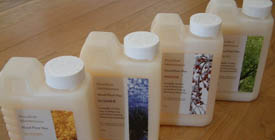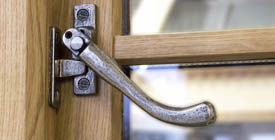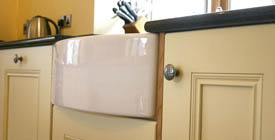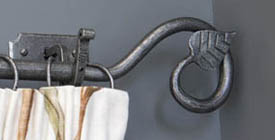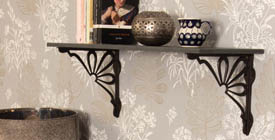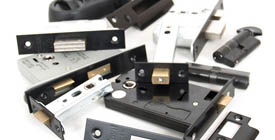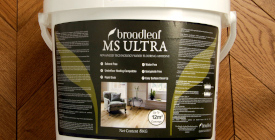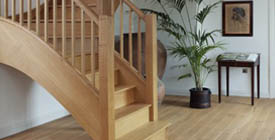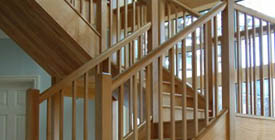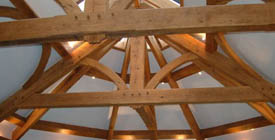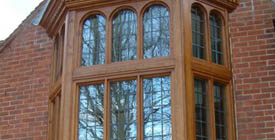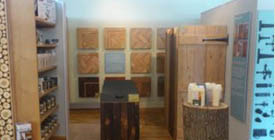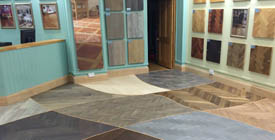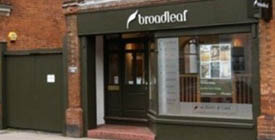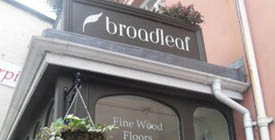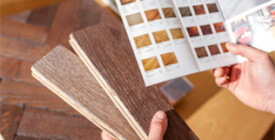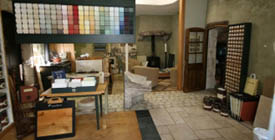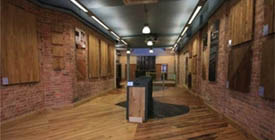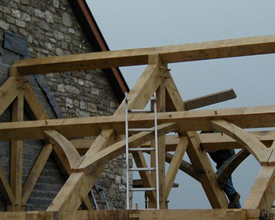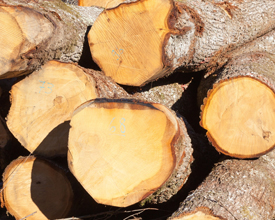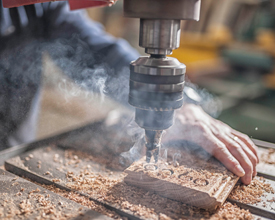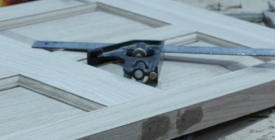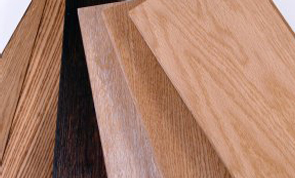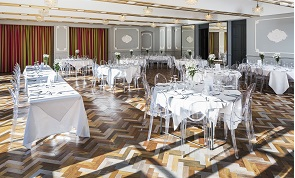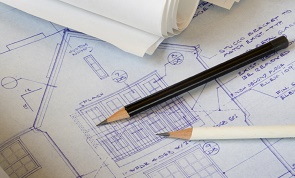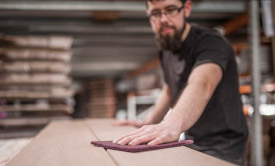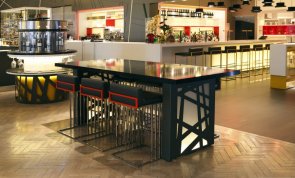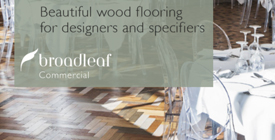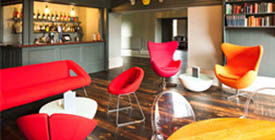
There are many myths about engineered wood flooring, most of which have been created by clever marketeers to persuade customers to choose it over solid wood flooring. Read on to discover what is myth and what is fact.
MYTH NO 1: ENGINEERED WOOD FLOORING IS SUITABLE FOR USE OVER UNDERFLOOR HEATING BUT SOLID WOOD FLOORING ISN'T.
This is quite simply not true. There are plenty of solid wood flooring options that can be successfully fitted over underfloor heating - not least from us - and there are plenty of engineered wood floors from a wide variety of suppliers that specifically state that they are not suitable for this type of installation.
The reason for this is that although an engineered construction will give wood flooring additional stability, there are lots of other things that affect how it will perform over underfloor heating. With solid wood flooring the key factors are how the timber is cut and dried and the size and thickness of the boards. With engineered wood flooring it is also a question of which timbers and adhesives are used in its construction.
This is why you can fit some solid wood floors over underfloor heating and not all engineered wood floors are suitable. To avoid confusion, and any mishaps, check the manufacturer’s guidelines – if they say that a product is suitable for use with underfloor heating, and you follow their installation recommendations, you shouldn’t have any problems.
MYTH NO 2: ENGINEERED WOOD FLOORING IS MORE STABLE THAN SOLID WOOD FLOORING
This is not necessarily true. Whilst an engineered construction does give wood flooring another level of stability, often this doesn’t change the way it behaves in practice. A bit like a chair that can support more than 100kg only has an advantage if you weigh more than 100kg, the additional stability of an engineered wood floor only makes a difference in a situation where you need this to stop the floor warping or bowing.
In general terms this will be if you are fitting wide boards, particularly over underfloor heating. The reason for this is that the wider solid wood flooring is more likely to move in response to changes in temperature and humidity, whereas parquet and narrow planks are naturally stable and an engineered construction will make little or no difference to how they behave.
It is often said that the reason that you can float engineered wood flooring and not solid wood flooring is because it is more stable. In fact, it is because the cross laminated design of an engineered wood floor means that the tongue and groove joints are cut from end grain timber. As this expands and contracts less than the grain across its width, it is possible to the joints together. This is not possible with solid wood flooring as the tongue and groove are cut along the grain and have to accommodate the small seasonal movements in the timber. If you fill them with glue this cannot happen and so the movement accumulates and eventually pushes boards upwards.
MYTH NO 3: ENGINEERED WOOD FLOORING IS MORE SUSTAINABLE THAN SOLID WOOD FLOORING
Some claim that engineered wood flooring is more sustainable than solid wood flooring because it only uses slower growing hardwood timber for the top layer but again this is not true.
Firstly, most good quality engineered wood flooring is made entirely from hardwood, with hardwood plywood or multiple layers of hardwood used for the base. Cheaper engineered wood flooring uses softwood for the base but this is for cost reasons not because it is more sustainable.
Secondly, and more importantly, the sustainability credentials of timber are not determined by species but by how it is forested. As long as all of the timber used to make wood flooring is sourced from forests that are managed responsibly to maintain their biodiversity, productivity and regeneration capacity now and in the future then the product, be it solid or engineered can be considered sustainably sourced.
We hope that this makes things clearer. If you have any specific questions about engineered wood flooring, or the difference between solid and engineered wood flooring that you would like us to answer, please email technical@broadleaftimber.com.
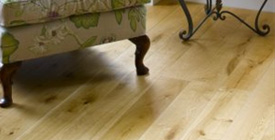 Browse By CollectionArtisan Plank & Parquet Brushed & Burned Plank Classic Plank Coastal & Country Plank Cotswold Plank & Parquet Heritage Plank Metro Plank Nordic Plank & Parquet Nuances Plank & Parquet Nuances Textures Plank & Parquet Old House Plank Original Vintage Parquet Painted & Distressed Plank & Parquet Pullman Vintage Parquet Restoration Plank Tempest Plank Textured Vintage Parquet Traditional Parquet Accessories & Finishes
Browse By CollectionArtisan Plank & Parquet Brushed & Burned Plank Classic Plank Coastal & Country Plank Cotswold Plank & Parquet Heritage Plank Metro Plank Nordic Plank & Parquet Nuances Plank & Parquet Nuances Textures Plank & Parquet Old House Plank Original Vintage Parquet Painted & Distressed Plank & Parquet Pullman Vintage Parquet Restoration Plank Tempest Plank Textured Vintage Parquet Traditional Parquet Accessories & Finishes
